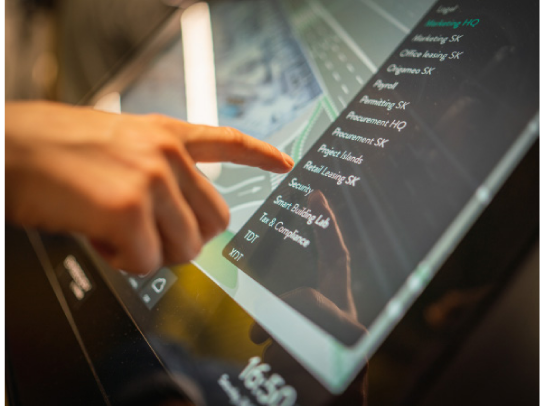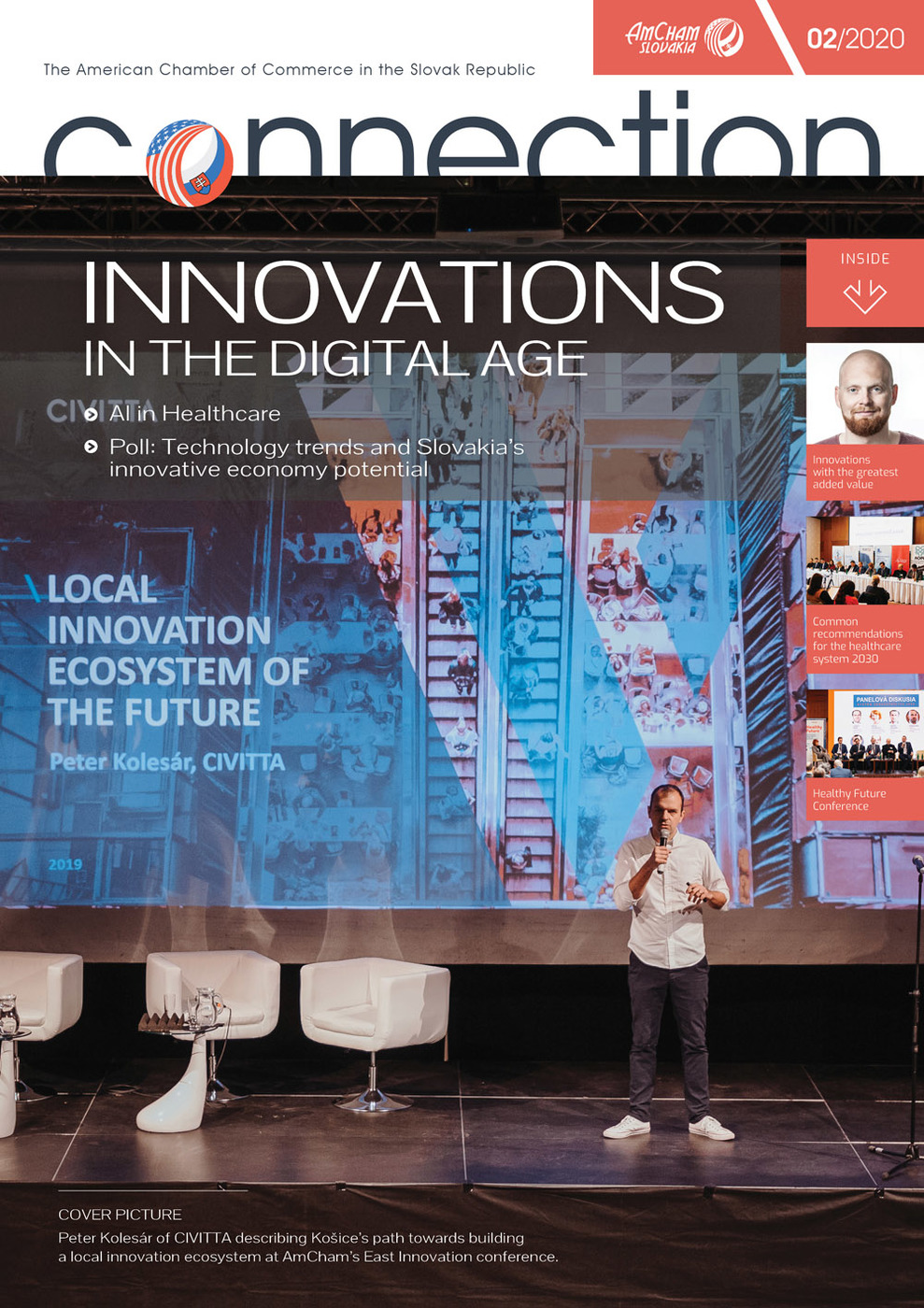How are innovative technologies impacting the real estate and development industry?
As technologies for remote working are advancing and people now have the ability to work from anywhere, real estate and the traditional office is forced to reinvent itself in order to stay relevant. Here at HB Reavis we see the workplace of the future becoming more about places for collaboration and teams working together, with the technology within the physical environment evolving to support those interactions. With the growing availability of data from the buildings, we can use advanced algorithms to upgrade building operations over time and make better design decisions in the future.
How was the idea for Symbiosy born and how has the project developed to its current stage?
We see Symbiosy as a natural evolution of the HB Reavis philosophy of looking ahead to the future and imagining what the office of the future might look like. Symbiosy was born from developing and testing a range of technologies for our own offices, and we are constantly testing and improving it ourselves before we release it to any of our clients. We have innovation scouts that are constantly looking for the latest technologies out there and we look to test these in our laboratory - our office.
How would you describe Symbiosy in one sentence?
A tech and sensory platform designed to assess space utilization, indoor environmental quality and in-company collaborative networks.
What kind of data do you collect and who is responsible for its analysis and interpretation?
We collect information about space utilization, indoor environmental quality, energy consumption, and how teams interact. The Symbiosy team is responsible for analysis and interpretation. We do not publish individual level data and employees have the option to opt out. All of our data collection and processing is in line with GDPR.

Can you mention some of the outcomes that may result in improving the overall experience of the building’s users?
Outcomes that result from Symbiosy are improved health and wellbeing, proactive approach to collaboration and better space utilization.
High CO2 levels in meeting rooms has a detrimental effect on cognitive capacity – in fact a report from Harvard states that taking CO2 levels above 1,200 PPM can result in a 21% decrease in cognitive function. Imagine what having real time visualization of the space does to occupants – they can be assured that the risk of this happening is minimized and they can work at 100% of their capacity.
Space utilization – the average office worker is at their desk less than 50% of the time. Companies can use our indoor positioning technology to track and respond to these changes in real time in order to save money and maximize the value of their real estate costs.
Collaboration – using the latest technology we can see which business units are isolated and boost interactivity with other relevant business units. This is useful from a management point of view and can have a positive effect on talent retention and collaboration within the company.
What about the potential benefits for the employers who would like to implement Symbiosy in their office spaces?
At HB Reavis we spend a lot of time listening to our tenants talking about their business challenges. Our tenants want to attract the best and brightest talent into their workspaces. Employers see Symbiosy as a tool for showing their employees that they care about their wellbeing, supporting collaboration and also demonstrating that they are doing something positive about the environment through real time measurement and management.
Is it already possible to implement Symbiosy outside of your own buildings?
Yes, in fact we are currently implementing Symbiosy in other sites outside of our own portfolio today.
What are the goals and ambitions for Symbiosy in the near future?
We intend to promote Symbiosy to large corporations within and outside of HB Reavis developments, and are currently doing an implementation for one of the largest global corporates which hopefully we will be able to name shortly. We aim to build on these early successes in the coming months and years and have global ambitions.




Follow us